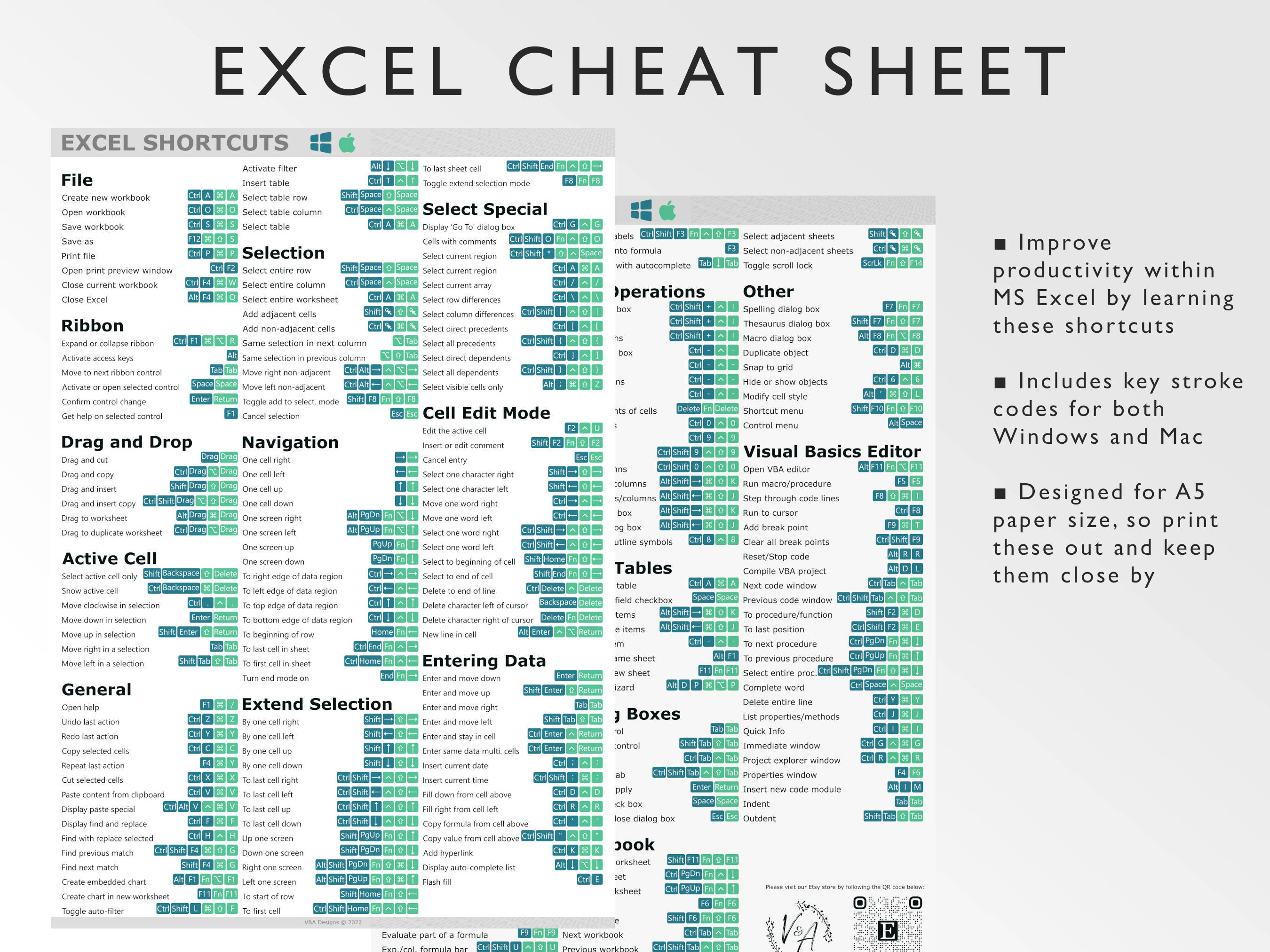Compare Large Excel Sheets: A Simple Guide

Working with large datasets can often be overwhelming, especially when it comes to comparing Excel spreadsheets that hold thousands of rows and columns of data. Whether you're merging financial records, synchronizing inventory lists, or reconciling customer information, comparing large Excel sheets efficiently is a critical skill for any business analyst or data enthusiast. In this guide, we'll walk through several methods to compare large Excel sheets, outlining both manual and automated approaches for achieving this task with minimal errors.
Understanding the Challenge

Before diving into the solutions, let’s first understand the challenge of comparing large Excel sheets. The issues you might face include:
- Time consuming manual comparisons
- Human error in scanning for differences
- The need for structural consistency between sheets
- Overlooking subtle discrepancies or data mismatches
Method 1: Side-by-Side Comparison in Excel

If you prefer a hands-on approach or are dealing with relatively small datasets, Excel’s built-in features can help you compare sheets side by side:
- Open both Excel files you want to compare.
- Use Excel’s View Side by Side feature (found under the View tab), which allows you to view two separate Excel windows simultaneously.
- Scroll through both windows and visually inspect for differences or inconsistencies.
Method 2: Conditional Formatting for Highlighting Differences

Conditional Formatting in Excel can be a quick way to highlight differences visually:
- Select the range of data in both sheets you wish to compare.
- Apply Conditional Formatting with a formula to highlight cells where data does not match:
- Go to ‘Home’ > ‘Conditional Formatting’ > ‘New Rule’.
- Choose ‘Use a formula to determine which cells to format’.
- Enter the formula like: =A1<>‘[OtherFile.xlsx]Sheet1’!A1
- Select a formatting style to highlight the differences.
- Differences will now be highlighted, making it easier to spot discrepancies at a glance.
Method 3: VLOOKUP or INDEX/MATCH for Data Verification

For numerical data or when you’re checking for missing entries, VLOOKUP or INDEX/MATCH functions can be employed to verify data consistency:
- VLOOKUP formula can look up values from another sheet or file, returning ‘Not Found’ if the value doesn’t exist.
- INDEX/MATCH offers more flexibility when dealing with different column layouts and is often faster for large datasets.
Method 4: VBA for Complex Comparisons

Excel’s VBA (Visual Basic for Applications) can be programmed to automate the comparison process:
- Open Excel’s Visual Basic Editor (Press Alt + F11).
- Create a new module and write a script to loop through your sheets comparing each cell’s value.
- Ensure your script can handle issues like different data formats, blank cells, and varying sheet layouts.
💡 Note: VBA scripting requires basic programming knowledge, but it can significantly speed up and refine your data comparison tasks.
Method 5: Excel’s Add-ins and Third-Party Tools

Several Excel add-ins and standalone tools are available to facilitate the comparison of large datasets:
- Excel’s Inquire Add-in for those with Office Professional Plus or Excel for Office 365.
- Third-party solutions like WinMerge or XL Compare provide advanced functionality for comparing Excel files.
Final Thoughts

Comparing large Excel sheets is a task that demands precision and efficiency. While manual methods can work for smaller datasets, leveraging Excel’s features like Conditional Formatting or exploring advanced techniques with VBA can transform the process into something far more manageable. Third-party tools offer additional functionality for those who handle comparison tasks regularly. Remember, the method you choose depends on your dataset size, the type of comparison you need, and your familiarity with Excel’s advanced features.
What are the limitations of using VLOOKUP for comparison?

+
VLOOKUP has some limitations like it can only look to the right for matches, it’s slower with large datasets, and it cannot return a reference if the lookup value is not found. These can impact the efficiency and accuracy when comparing large sheets.
Can I use Excel Online for comparing large sheets?

+
Excel Online has limited functionality for advanced tasks like comparing large datasets. While you can use Conditional Formatting or basic formulas, for large or complex comparisons, it’s better to use the full version of Excel.
How can I handle different data formats when comparing Excel sheets?

+
Before comparing, you might need to standardize data formats across sheets. This could involve converting date/time formats, standardizing text formats, or ensuring consistent use of decimal points or commas in numbers.



